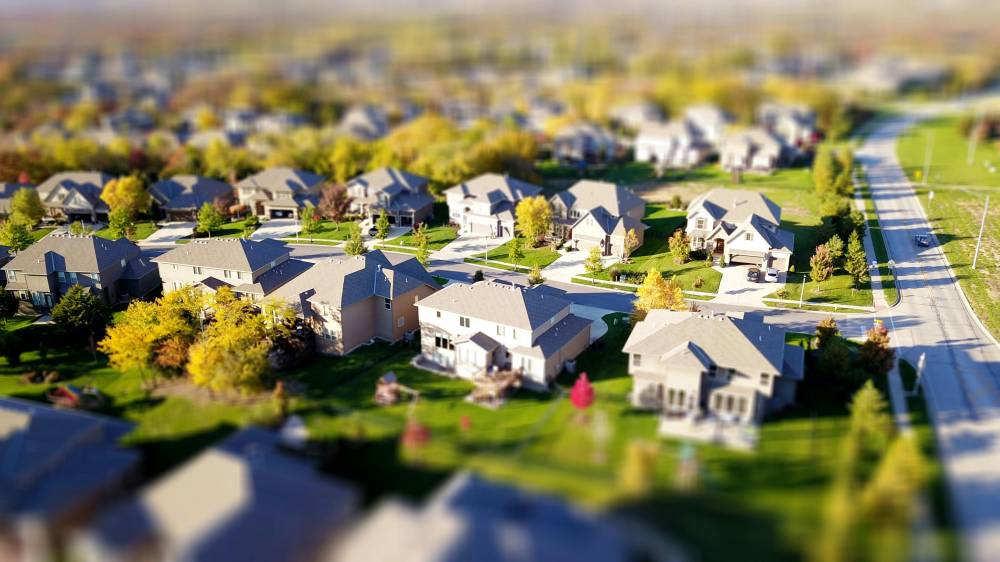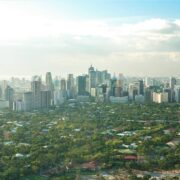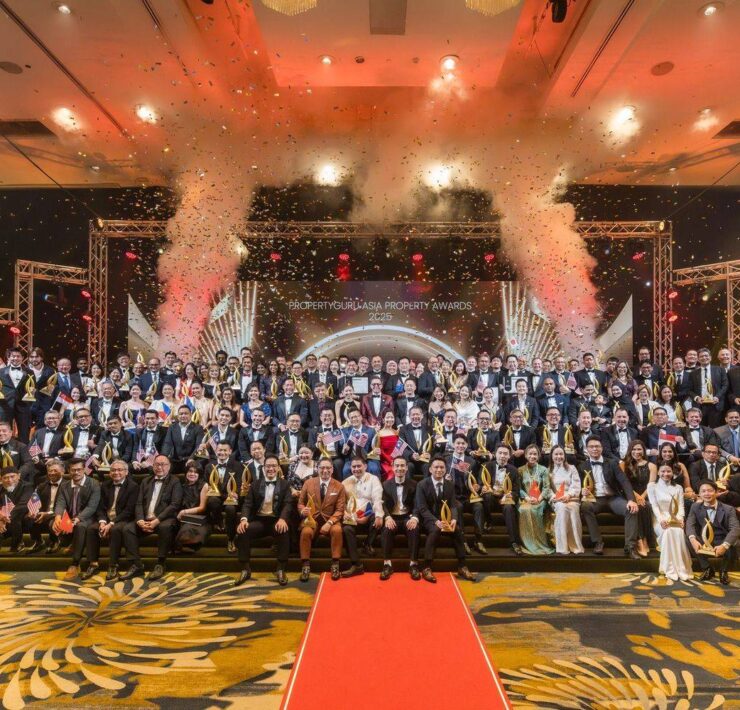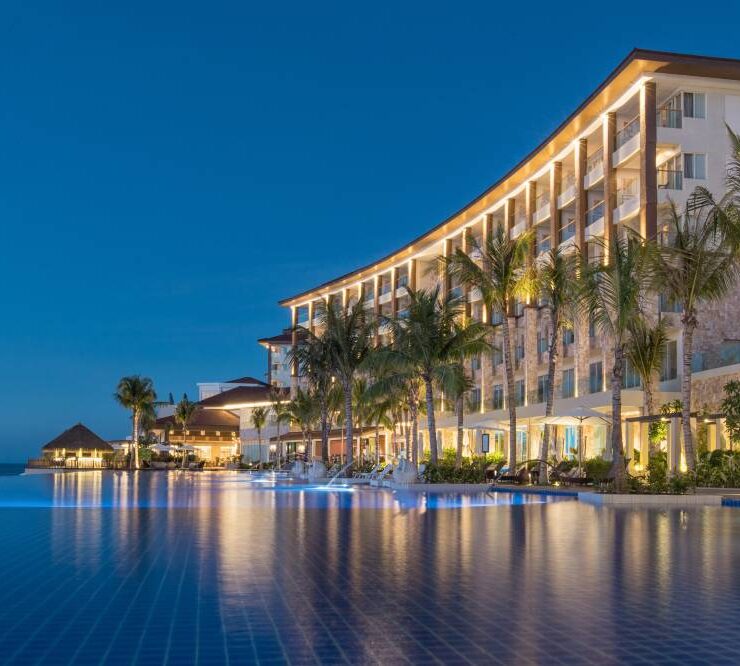Developers as enablers of positive change

The growth of a city is fueled by the collective actions of many.
The government, private sector and the general public all have a hand in shaping the surroundings. Real estate developers, in particular, play a pivotal role in creating the path to progress. Let’s take a look at the positive changes real estate developers often initiate for society’s benefit.
Infrastructure developments
When a new mall or subdivision is constructed, it often brings with it roads, pedestrian walkways, and even flyovers. Sometimes funded by developers themselves, these infrastructure projects enhance accessibility to their developments and benefit the surrounding areas.
Developers are often incentivized to deliver improvements outside the government’s capacity. The quality, design, and materials used in developer-built infrastructure often surpass government standards–much to the benefit of the general public.
Better transportation routes and upgraded utility lines introduced by developers also ease traffic congestion and enhance neighborhood services. These efforts contribute to job creation, poverty reduction, and overall innovation within cities.

Sustainable practices
From grey water recycling systems to solar-powered energy generators, private companies usually sustainability in their projects. These initiatives also help educate the public on effective green practices through sustainable construction and operations.
Certifications like LEED, BERDE, and other green building standards help negate the damaging impacts of climate change as these encourage developers to address water efficiency and waste management, use eco-friendly materials, and reduce their carbon emissions. As more developers aim for these certifications, cities benefit from healthier, more environmentally conscious buildings.

Technological advancements
If you were house-hunting during the COVID-19 pandemic, chances are, you were able to experience virtual tours and other tech-enabled ways of exploring properties remotely. These innovations highlighted how developers used technology to make property exploration more accessible.
Beyond 3D viewing however, developers also use technology to further improve their built environments for the needs of the times. This includes antibacterial materials, touchless gadgets to curb virus spread, and advanced security features like keyless entry systems, CCTV systems, and smart home technology which also put our minds at ease.
As a last example, developers have also begun to utilize computer programs to ensure the smooth flow of daily operations in high-rise buildings and other built projects. All these innovations help make us comfortable, safe and secure even when we leave our homes.
Adaptive reuse
Many of today’s most popular malls were formerly the site of decommissioned plants, government buildings and other government structures. Rather than allowing these sites to deteriorate over time, developers have stepped in and introduces new uses for them.
By doing so, cities avoid the rise of urban blights which can introduce social, economic, environmental and health problems. With less blights in the city, higher land values and more job opportunities are usually introduced. It’s a win-win situation for everyone.

Affordable housing standards
In movies, real estate developers are often portrayed as evil antagonists driving out marginalized communities.
In reality, however, government policies are set in place to protect the masses. In fact, developers are encouraged to create affordable housing through government initiatives such as the Pambansang Pabahay para sa Pilipino (4PH), Housing Loan Receivables Purchase Program (HLRPP), Socialized Housing Loan Takeout of Receivables (SHeLTeR) and other innovative programs.
While there continues to be room for improvement in our housing sector, developers are encouraged to play more positive roles through active engagement, community dialogues and more inclusive housing. They are required to help find long-term solutions to the housing crisis in our country. Initiatives from the private sector help improve affordable housing for many.
Better lifestyle standards
Overall, developers can be called catalysts of positive changes in the city. They help introduce new infrastructure, sustainable practices, technological solutions, new building uses and affordable housing.
These private groups can help everyone pursue better lifestyles and improved environments, whether you purchase a home from them or not.
As a major economic driver, developers play a role in building our nation toward a better future.
A Filipino architect who has a Master's Degree in Interior Design of Commercial Spaces from IED Barcelona, Spain and with twelve years' worth of experience under the tutelage of Filipino architectural firms.





















